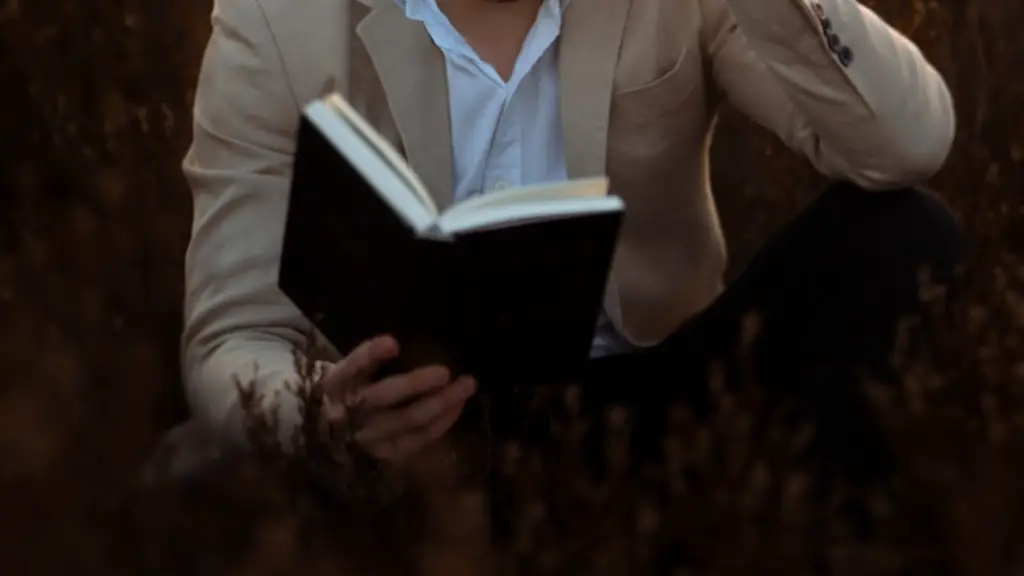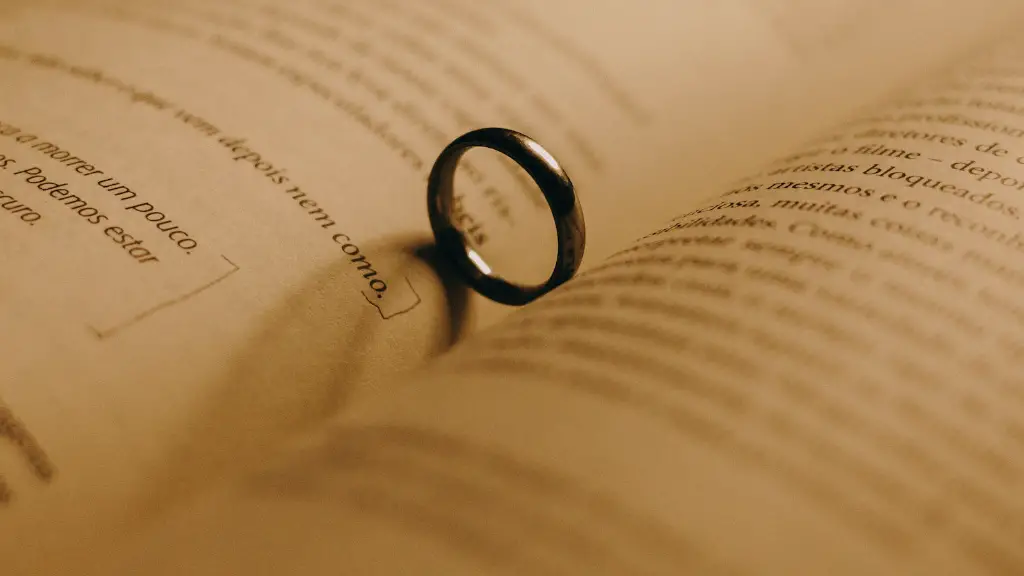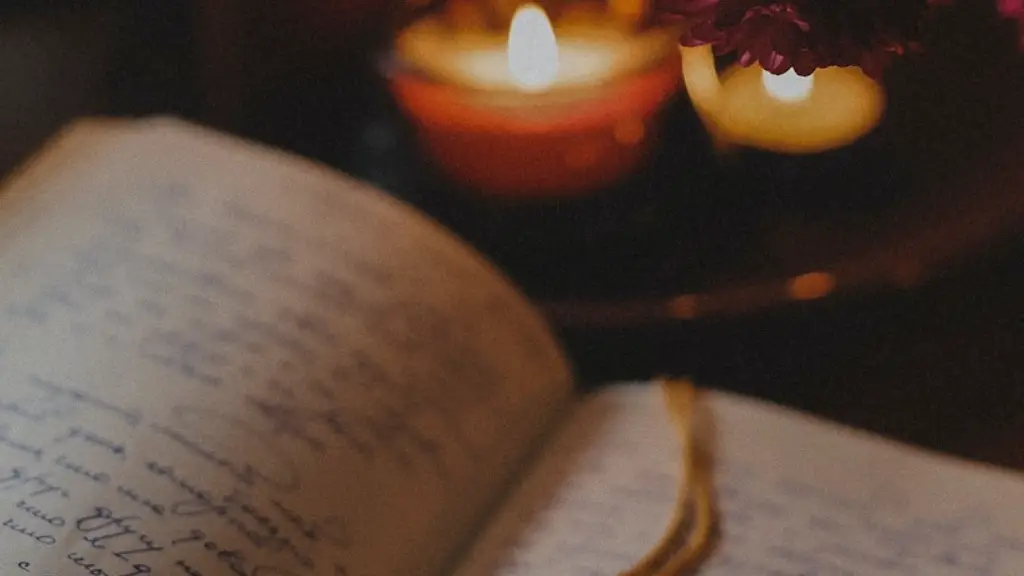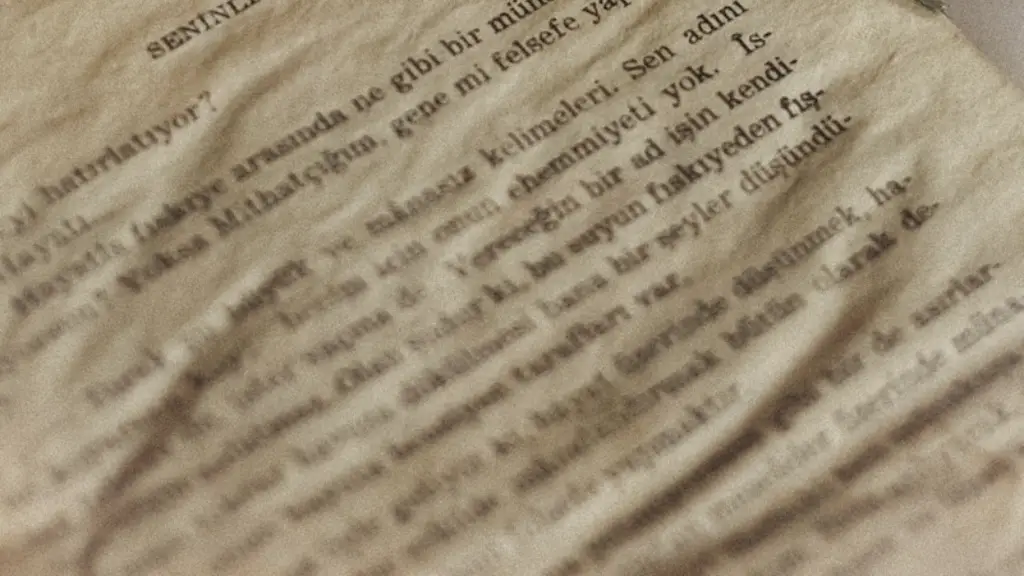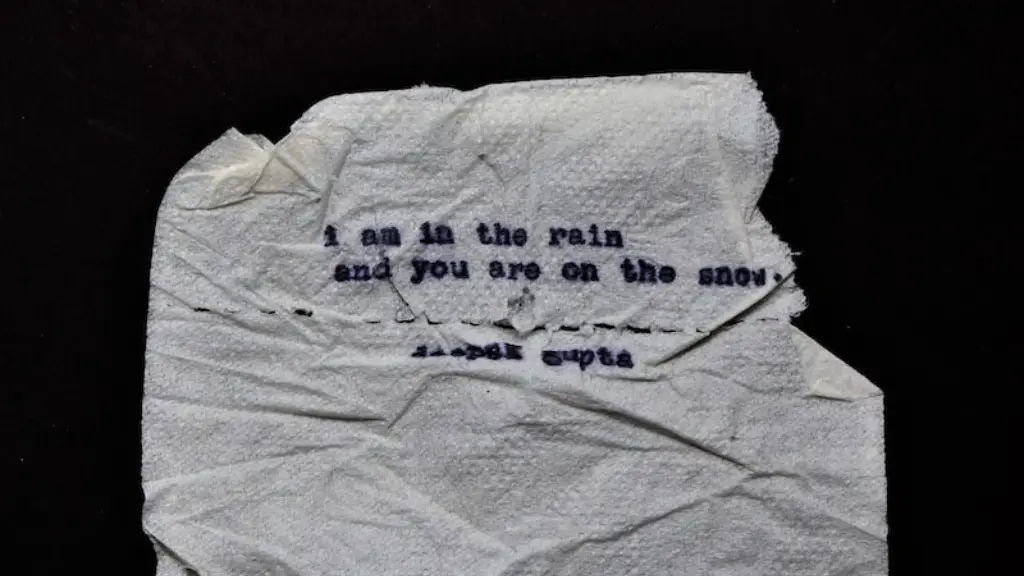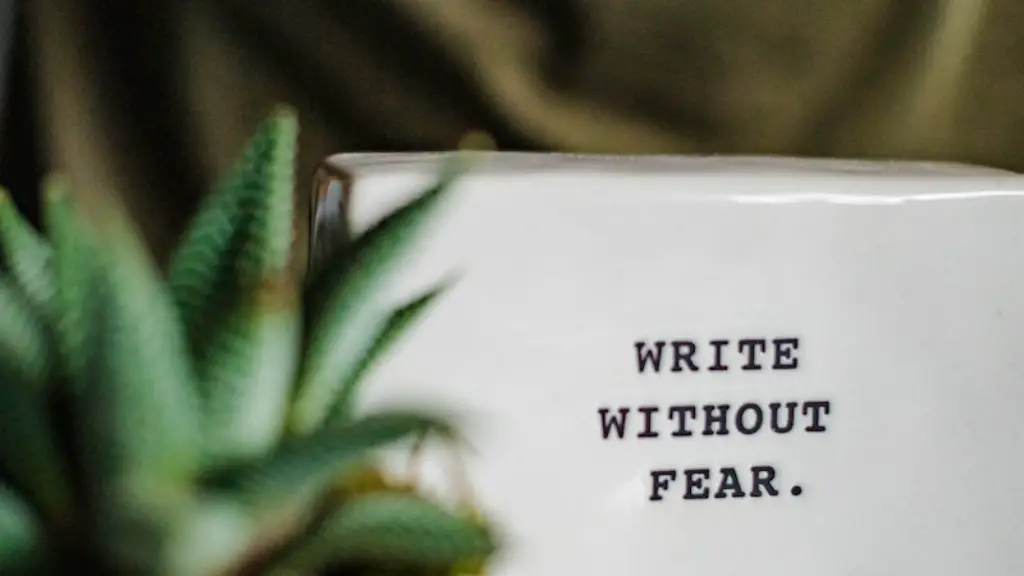Why is Figurative Language Important in Poetry?
Figurative language is a cornerstone of poetic expression, with imagery and symbolism being essential to conveying its unique style. Poetry is a celebration of sound and meaning, of order and disorder, and of tension and beauty. Figurative language has great power to evoke emotion, revealing levels of meaning far beyond the primary one. It can help readers to enter the ‘stream of thought’ in the poet’s mind, allowing them to feel the message on a deeper level.
One important practical reason for using figurative language in poetry is to make the verse easier to memorize and recall. Metaphors and alliteration have a way making lines easier to remember and also to relate to in a much more personal way than literal language can. Over time it also gives people the opportunity to explore different interpretations from the poem which don’t exist in strict literal translations.
Figurative language also gives poets a greater degree of flexibility in conveying their ideas. Instead of describing a scene in one sentence, a metaphor can help to unpack it in a much more detailed way. Similes and hyperboles can be used to add emotion and energy to a scene or even to make it amusing. Instead of expressing how someone feels, hypnosis or onomatopoeia can be used to show how they feel. By using figurative language, the poet is able to bring the text to life, allowing the reader to taste, smell, feel, and see the described scene.
Moreover, figurative language gives the poet a chance to be more playful and engaging, allowing them to express their message in a much less direct manner, often turning literal statements on their head. Look into the works of Robert Frost, Emily Dickinson, and T.S. Eliot, to name a few examples. Figurative language can also provide a way for the poet to explore the metaphysical. By using abstractions, such as metaphor and simile, the poet can express concepts in a much more meaningful way, without relying on direct, literal language.
Experts agree that the use of figurative language can have powerful effects on readers, from the sublime to the ridiculous, from causing a deep emotional response to a mere chuckle to a sigh. Figurative language can be used to overcome the boundaries of colloquial language and craft a unique, often ethereal style of verse. Without the use of figurative language, poetry would be much poorer in terms of form, structure, and meaning.
The Roots of Figurative Language in Poetry
The use of figurative language in poetry has a long and revered history, stretching as far back as ancient Sumer and Greece. In fact, many of the oldest surviving works of poetry that have come down to us from antiquity, such as The Epic of Gilgamesh, Sappho’s Odes, the Homeric Hymns, the Odyssey, and the Iliad, make heavy use of figurative language.
Throughout history, poets and writers have used this expansive tool to evoke emotion and thought, and to inspire their readers. This is how Homer crafted his famous epics, and how William Shakespeare created his classic tragedies. Across cultures as diverse as Islamic, Chinese and African, figurative language has been used to express deep, timeless concepts such as loves eternal nature, the power of hope and faith, and the life cycle of birth, death, and rebirth.
Each culture has a distinct way of using figurative language, which is often deeply intertwined with its individual folklore and mythology. For example, in Mediterranean and Middle Eastern cultures, imagery of the sea and the wilderness are often used to evoke the existence of a powerful force beyond the material plane. Both Sumerian and Egyptian poetry, for example, make extensive use of these kinds of metaphors and symbolic images.
Figurative language also plays a major role in Asian poetry as well, with Chinese poets often incorporating Taoist and Buddhist imagery into their work. This is also true in Hinduism, where figurative language is used to express spiritual realities in a very illuminating manner. All of this speaks to the power and importance of figurative language in poetry.
The Function of Figurative Language in Poetry
One of the most important functions of figurative language in poetry is to bring a sense of depth and complexity to the poem. Metaphors and similes allow the poet to describe scenes and emotions in a way that is both vivid and concise. They also offer the reader a very personal perspective on the poem’s message, allowing them to enter the poet’s mind and explore its mysteries. This creates a sense of intimacy between poet and reader that simply could not be achieved without the use of figurative language.
Apart from the obvious aesthetic benefits, figurative language is also used to create logical connections between disparate parts of the poem. This helps to unify the work, and gives it a more sophisticated overall structure. In this way, it serves as a means for the poet to express complex ideas without complicating things too much.
Figurative language is also a powerful tool for evoking emotion in the reader. We have all had experiences where a simile or metaphor has caused us to feel a certain way, whether it be joy, sorrow, or any other emotion. Poetry is no different, and figurative language can be used to great effect to create a response in the reader which might otherwise not be possible.
It is also used as a way to make a poem more vivid and engaging, to “paint a picture” in the reader’s mind. This was famously used to great effect by the Romantics, such as Wordsworth, who often wrote of the beauty of nature by means of a highly evocative figurative language. Through its use, the poet is able to draw the reader into the text, allowing them to experience it in a much more personal way.
Modern Uses of Figurative Language in Poetry
In modern poetry, the use of figurative language has been taken to a new level, with poets consistently finding new ways to express themselves. By utilizing an ever-expanding palette of images and metaphors, contemporary poets are able to create vivid, imaginative works that speak to the collective experiences of modern life. From the satirical to the inspiring, the descriptive to the abstract, figurative language is used to great effect by modern poets.
Additionally, figurative language has become a popular tool of expression amongst today’s youth. This is especially true in hip-hop, where cleverly crafted metaphors and similes are used to express a wide range of topics and themes in a highly imaginative manner. This style of poetry has been shown to be highly effective in engaging young audiences, and has also had a major impact on how we use language in our daily lives.
More generally, we see figurative language used in advertising and literature, as well as in everyday speech. Metaphors and similes have become an integral part of our culture, used to clarify our thoughts and express the inexpressible. They have the power to turn a boring narrative into a thrilling tale, making it more meaningful, memorable, and stimulating.
The Power of Figurative Language in Poetry
Figurative language has always been an essential element in the creation of great poetry. It allows poets to express profound concepts in ways that could never be achieved through literal language, allowing the reader to access a much deeper level of understanding. At the same time, figurative language is also powerful tool for evoking emotion, creating a more visceral response to the written word.
Today, figurative language is making its way into popular culture as well, with modern poets, rappers and songwriters using it to make their works more memorable, engaging, and powerful. This is a testament to the power of figurative language, and the important role it has played, and continues to play, in poetry.
The Influence of Figurative Language on the Modern Poetry Scene
The use of figurative language has been making waves in the modern poetry scene, with many modern poets taking a more imaginative and exploratory approach to their works. It is becoming increasingly common to see poets making use of metaphors and similes to express complex psychological and emotional states in their works. This allows the reader to access a much deeper and more personal level of understanding.
At the same time, it is also becoming increasingly common to see poets incorporating elements of hip-hop, pop and rock music into their works. This mix of poetic tradition and contemporary music is creating a whole new sub-genre, merging the traditional and the modern in a way that is both accessible and profound. Through the use of figurative language, poets are pushing the boundaries of poetry, creating works that are truly unique and stunning.
The Benefits of Figurative Language in Poetry
There are many benefits to using figurative language in poetry. It allows the poet to express abstract concepts more clearly and concisely, creating a more vivid and memorable experience for the reader. It also enables the poet to evoke powerful emotion, creating a more personal and profound connection between the writer and reader. Additionally, it allows poets to explore the metaphysical realm with greater ease, expanding the possibilities of what can be expressed in verse.
Overall, figurative language is an essential tool for any poet who is serious about crafting great poetry. It provides the poet with a vast array of tools and techniques that can be used to create works that are vivid, powerful, and engaging. It is a tried and tested method of conveying emotion, and one that all poets should strive to master.
